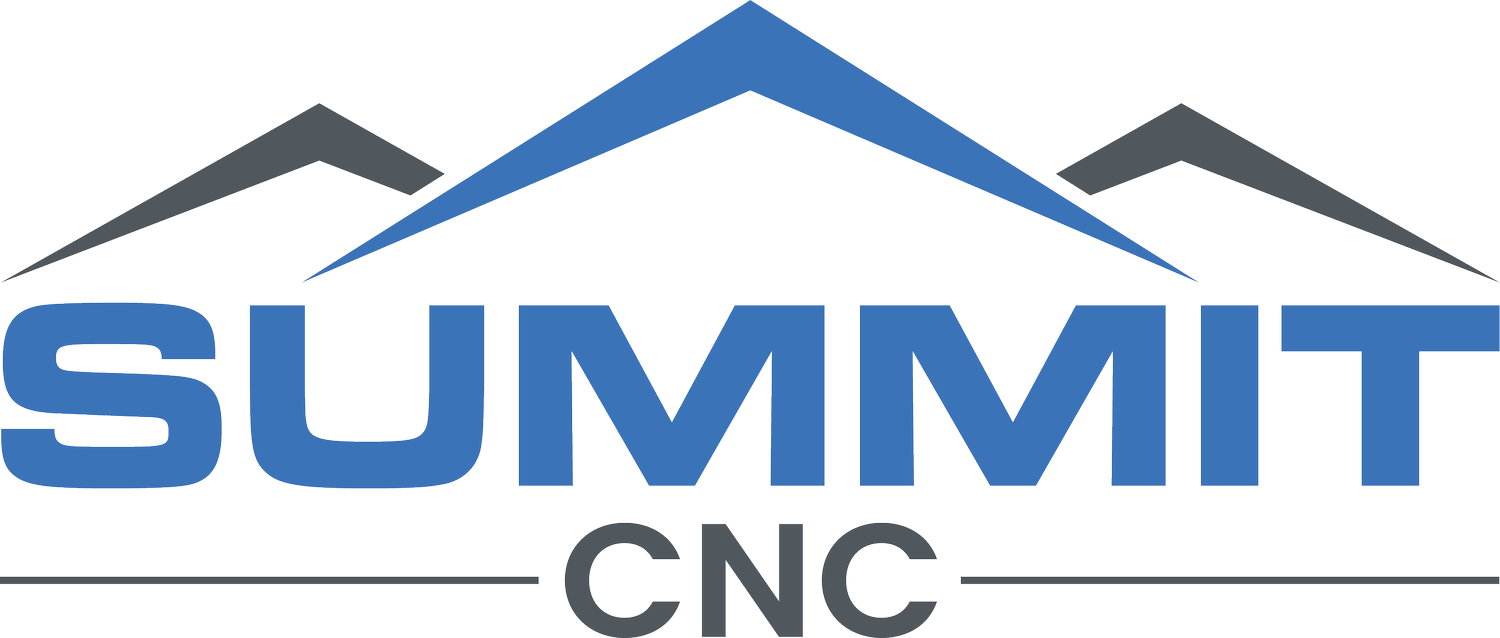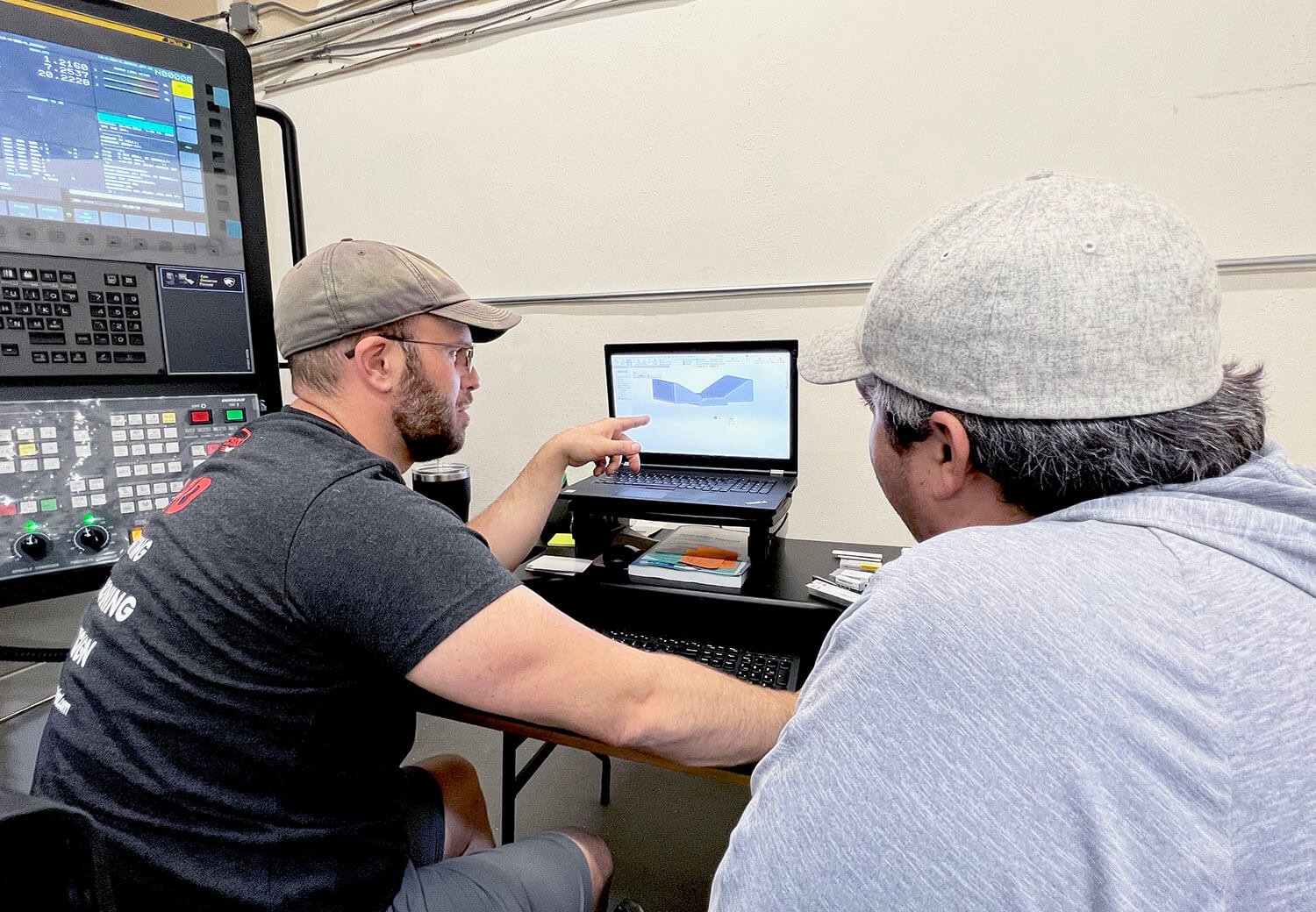4 Ways Engineers Can Save Time and Money on Precision Machined Parts
At Summit CNC, we have immense respect for design engineers everywhere.
Engineers are the source of all parts—without them, we wouldn’t be here doing what we love and bringing their parts to life on our machine shop floor.
While we never want to discourage engineers from doing their jobs the way they see fit, we feel that it’s important to be honest and transparent about how they can get the most value from their partnerships with precision machine shops like ours.
How to Save Time and Money on Your Machined Parts
Here are four ways engineers can save money on their machined parts:
1. Submit 3D Design Files
We encourage our customers to submit 3D design files for all projects.
Sometimes engineers submit 2D drawings only, which are helpful but insufficient for providing an accurate quote. We need to be able to program a 3D design file for machining.
When we receive 2D drawings alone, we have to design the part ourselves in SOLIDWORKS. We’re happy to do it when we can, but this extra step can add to the project’s cost and lead time.
Wondering which 3D file type to submit? While we may be able to work with other file types, we prefer SLDPRT, STEP, or STP files.
2. Call Out Critical Tolerances
At Summit CNC, we specialize in machining tight tolerances and complex geometries.
Our standard tolerances are +/- 0.005" or +/- 0.127 mm. However, many of our customers need us to machine precision tolerances to ensure their machined prototypes and low-volume parts function as intended.
We can achieve tolerances down to +/- 0.0002" or +/- 0.0127 mm. We simply ask that you call out critical tolerances of less than +/- 0.005” so that we clearly understand your requirements and can get you the exact part you need the first time.
3. Avoid Overengineering Your Parts
One of the simplest ways to save time and money on precision machining projects is to avoid overengineering your parts.
Precision machine shops quote parts based on the tolerances provided. Tighter tolerances take longer to machine because we have to dial in the tooling more precisely and slow down the machining time. These steps add to the cost and lead time, which you’ll see reflected in the quote.
If a critical tolerance is ultimately unnecessary for your part’s function, we recommend loosening it. For instance, if a tolerance on your 2D drawing is +/- 0.001", but +/- 0.003" is suitable for the part's application, calling out +/- 0.003" on the drawing will get you your part faster and more cost-effectively.
We're happy to discuss tolerances with engineers early in their design process to ensure part designs are optimized for manufacturing. When we're aligned on your vision and understand your part’s desired fit, form, and function, we can help you get the most value from your engagement with us.
4. Request a Surface Roughness of 32 µin Ra or Higher
We’re proud to offer a standard surface finish of 32 µin Ra, compared to many shops that provide a standard surface finish of 63 µin Ra.
If your part requires an even smoother surface finish, we'll make it happen, going all the way down to 16 µin Ra or less when requested. However, a surface finish below 32 μin Ra may cost more if we need to slow down the finishing passes to meet the required roughness specification.
If you want to save time and money and 32 µin Ra is sufficient, don’t request anything less.
When in doubt, communicate with your CNC machining provider early to get Design for Manufacturing (DfM) tips that can optimize cost and lead time.
At Summit CNC, we pride ourselves on providing a high-touch, personal manufacturing experience characterized by quick response times and superb communication. We’re always available by phone or email to discuss your project. Request a quote to get started.

